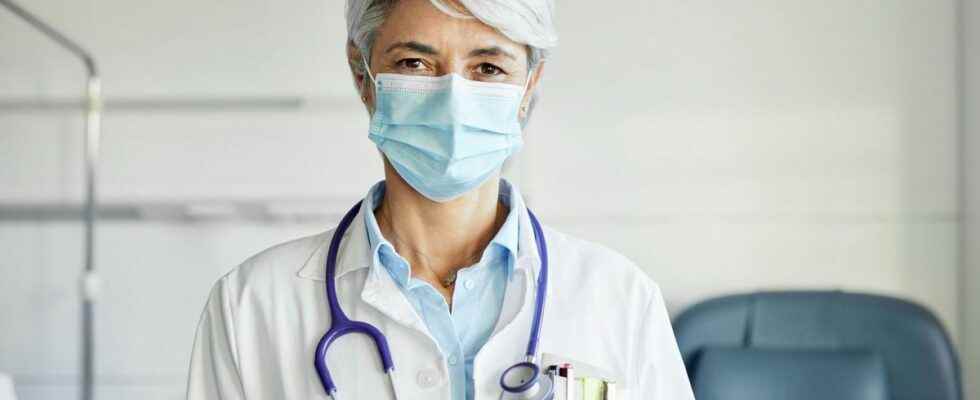Published ,
Reading 3 mins.
After the barrier gestures in connection with the Covid-19, here are the rules enacted by Public Health France which apply to patients affected by monkey pox. Measures which also concern contact cases.
In case you suspect a person around you or yourself of having been in contact with “monkeypox”, you must first determine the nature of the contact and therefore “classify” or “classify” in the right category. There are several, according to Public Health France:
- The high-risk contact case : in this case, it is a person who has had direct and unprotected physical contact with the injured skin or the biological fluids of a confirmed or probable sick person. This can be during medical treatment, sexual intercourse, an exchange of clothing or dishes (fork or glass, for example). As the disease can be transmitted through the air, anyone not protected by wearing a surgical or FFP2 mask who has been within 2 meters for at least 3 hours is also considered a risk contact case;
- The negligible risk contact case is therefore the one being subjected to care or proximity situations, but protected by a mask or gloves;
- A person will be classified as “suspected case” if she has an eruption of blisters with or without the presence of fever or another pathology, such as pneumonia;
- Finally, we will consider as beingprobable case“a person with symptoms and returning from a country where the disease is endemic, but also in the event that they have had different sexual partners, regardless of their orientation.
In any case, it is necessary to quickly contact your doctor and the Regional Health Agency in your region, to undergo specific examinations including an RT-PCR test specific to this monkeypox and confirm or not the contamination.
Isolation is mandatory pending results. And if they are positive, the “probable case”, “suspect case” or “contact case at risk” will then become a confirmed case.
Mandatory three-week isolation
The main rule recalled by SPF is simple: “probable or confirmed cases must isolate themselves for a period of three weeks from the date of onset of the signs, if their clinical condition does not require hospitalization”.
For this, affected patients must isolate themselves from other people in the home and have no physical contact with another person for the duration of their isolation.
For probable or confirmed cases, a work stoppage or full-time telework authorization may be issued by the attending physician.
Once the diagnosis has been formally established, the sick people are regularly contacted by the ARS to check their isolation and retrieve the names of the people who have been in contact with it, in order to trace the chain of contamination. The ARS is responsible for contacting them afterwards.
Hygiene measures to be observed at home
For the duration of the isolation, the patient must not mix his belongings with other members of the household either, in addition to isolating himself in a separate room. Linen, bedding and dishes should be separated for the sick person. This therefore implies washing their laundry separately, and avoiding sharing the dishes and their bed with their loved ones.
In addition, wearing a surgical mask permanently must be observed by a positive patient. It is also recommended that high-risk contacts monitor their temperature twice a day for 3 weeks after the last high-risk contact with the probable or confirmed case.
Indeed, the presence of fever signals the beginning of contagiousness and it precedes the eruption (see the order of appearance of symptoms of monkeypox)
Beware of the risks of contamination and hospitalization
Monkeypox causes vesicles to appear that evolve before drying out and forming scabs that fall off. These must be thrown away in a dedicated bag in order to avoid any contamination within a household, according to the ARS.
The health authorities also ensure the need for hospitalization or not of sick people. This may be the case for the most fragile, such as very young children, the elderly, pregnant women and immunocompromised people. In the event of a worsening of the state of health of the confirmed case, the health authorities recommend that the Samu be notified.
Finally, for adult contact cases at risk, a vaccine called “3e generation” can be administered to them, ideally within 4 days of contact, up to 14 days later.
